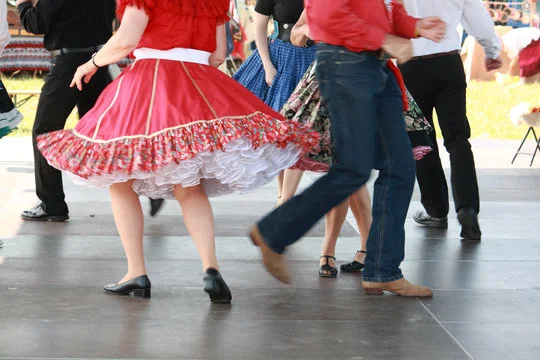I was just six years old when our family watched from a safe distance as the old wooden clubhouse of our local country club burned to the ground. My memories were limited to watching my older sisters on the square dance floor, longing for the day when I could join them and wear those full skirts that swished and swayed. But that wooden floor was gone along with the dining room and the kitchen where the fire had erupted. It was my first experience with a major catastrophe in our city. I listened as my father assured us that the community would come together and build it all back. But with my young eyes, I couldn’t see into that future.
We all have our experiences with upheaval. Sometimes it affects only our family. Other times it can be our business or church. It can also affect whole communities, regions, countries and even the world. Whether it’s a natural disaster, a pandemic, or a calamity caused by humans, the longing for something that resembles normal is strong.
Companies often declare bankruptcy. Either they will try to reinvent and improve on their financial situation or simply fold up shop and walk away. Distress trickles down and affects not only stockholders but also everyone who worked in the company.
I’ve heard both sides of building back after tornadoes, hurricanes, and wars. Some are determined to stay put and recreate what was there. Others are ready to move on, move away and start over. Either way, everyone wants a sense of normalcy to return to their lives.
During any calamity, leadership is put to the test. Children look to their parents. Employees look to their bosses and owners. Churches and organizations look to those in charge. What next? Where are we going from here? How will we get back? What will we get back to?
Looking back is never the solution. Nothing will ever be the same. Often our vision of “normal” conveniently excludes all the problems and issues we faced. It contains only the memories we enjoyed, what worked. If that’s the limit to our focus, if we build on the past including all its problems without an eye to the future, we will miss out on opportunities to grow and thrive.
When reality hit the disciples that Good Friday after the crucifixion, they had to be numb, staring into space or holding their heads in their hands. What happened? Things were going along just fine. Everything was pointing to good days ahead with Jesus. We were on a roll!
I’m sure they all were wishing things could go back to normal. Watching miracles. Healing sick people. Basking in the adoration of the crowds. Why can’t we go back to the way it was before?
But those were only the good memories, the ones they enjoyed. They forgot they were still sinners without hope, never able to live a life of perfection. That part of normal was not in the picture.
That upheaval in their world looked like a total disaster. But everything changed in just two days. The Lord Jesus was back! The resurrection on Easter morning created a whole new better. Normal would never be the same. All our sins were paid for, and death no longer was a threat. We will live forever, no matter what earthly catastrophes we face.
When we long for a past that will never come back, when we want to escape the reality before us and return to some hint of “normal,” how often do we miss out on the “better” that the Lord has planned and is creating for us? Instead of looking with eyes of despair, we look to the face of our Lord Jesus with His vision and His promise of a future filled with hope. And with our Savior at our side, we embrace the changes that are certain to come our way.
Getting back to better starts with the heart. Lead Like Jesus Revisited 6-Week Study Guide can help.










